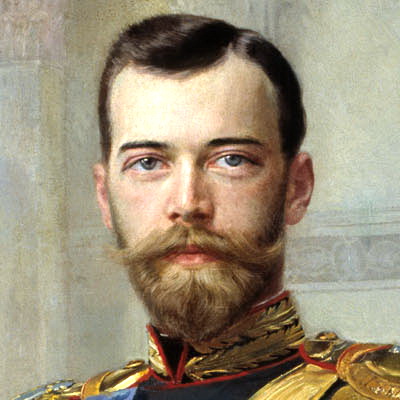|
Hans Langsdorff
Hans Wilhelm Langsdorff (20 March 1894 – 20 December 1939) was a German naval officer, most famous for his command of the German pocket battleship ''Admiral Graf Spee'' during the Battle of the River Plate off the coast of Uruguay in 1939. After the ''Panzerschiff'' () was unable to escape a pursuing squadron of Royal Navy ships, Langsdorff scuttled his ship. Three days later he died by suicide in Buenos Aires, Argentina. Career Langsdorff was born on 20 March 1894 in Bergen, Germany on the island of Rügen. He was the eldest son in a family with legal and religious traditions rather than a naval tradition. In 1898, the family moved to Düsseldorf, where they were neighbours of the family of Graf (Count) Maximilian von Spee, who was to become a German naval hero (while losing his life) at the Battle of the Falkland Islands in 1914. Influenced by his honoured neighbours, Langsdorff entered the Kiel Naval Academy against his parents' wishes in 1912. During the First World Wa ... [...More Info...] [...Related Items...] OR: [Wikipedia] [Google] [Baidu] |
Bergen Auf Rügen
Bergen auf Rügen is the capital of the former district of Rügen in the middle of the island of Rügen in Mecklenburg-Western Pomerania, Germany. Since 1 January 2005, Bergen has moreover been the administrative seat of the ''Amt'' of Bergen auf Rügen, which with a population of over 23,000 is Mecklenburg-Vorpommern's most populous ''Amt''. Geography Location Bergen is in the middle of Germany's biggest island, Rügen, on the Baltic Sea coast. The town lies in a hilly area, with the Rugard woods on the town's northeast outskirts reaching a height of 91 m above sea level. The area around Bergen is predominantly agricultural. The town itself is built on a glacial moraine deposited when the ice sheets retreated during the last ice age. Not far from central Bergen, to the northeast, is the Kleiner Jasmunder Bodden, a shallow bay, and to the southeast lies another bay, the Greifswalder Bodden, and with the town of Putbus. South of the town is the Kiebitzmoor ("Peewit Moor ... [...More Info...] [...Related Items...] OR: [Wikipedia] [Google] [Baidu] |
Battle Of The Falkland Islands
The Battle of the Falkland Islands was a First World War naval action between the British Royal Navy and Imperial German Navy on 8 December 1914 in the South Atlantic. The British, after their defeat at the Battle of Coronel on 1 November, sent a large force to track down and destroy the German cruiser squadron. The battle is commemorated every year on 8 December in the Falkland Islands as a public holiday. Admiral Graf Maximilian von Spee commanding the German squadron of two armoured cruisers, and , the light cruisers , and , and the colliers SS ''Baden'', SS ''Santa Isabel'', and SS ''Seydlitz''Battle of the Falkland Islands -names the three German auxiliary ships and states that ''Bristol'' and ''Macedonia'' sank the colliers ''Baden'' and ''Santa Isabel'', while 'the other collier', ''Seydlitz'', escaped.- ''www.worldwar1 ... [...More Info...] [...Related Items...] OR: [Wikipedia] [Google] [Baidu] |
Biber (submarine)
''Biber'' (German for "beaver") was a German midget submarine of the Second World War. Armed with two externally mounted torpedoes or mines, they were intended to attack coastal shipping. They were the smallest submarines in the Kriegsmarine. The Biber was hastily developed to help meet the threat of an Allied invasion of Europe. This resulted in basic technical flaws that, combined with the inadequate training of their operators, meant they never posed a real threat to Allied shipping, despite 324 submarines being delivered. One of the class's few successes was the sinking of the cargo ship '' Alan A. Dale''. Several survive in museums, including one in operational condition. Development Construction of the first prototype began in February 1944 and was completed in less than 6 weeks. The initial prototype, officially titled ''Bunteboot'' (but better known as ''Adam''), was heavily influenced by the British Welman submarine. It differed from the final design in a number of r ... [...More Info...] [...Related Items...] OR: [Wikipedia] [Google] [Baidu] |
Grave Of Captain Langsdorff
A grave is a location where a dead body (typically that of a human, although sometimes that of an animal) is buried or interred after a funeral. Graves are usually located in special areas set aside for the purpose of burial, such as graveyards or cemeteries. Certain details of a grave, such as the state of the body found within it and any objects found with the body, may provide information for archaeologists about how the body may have lived before its death, including the time period in which it lived and the culture that it had been a part of. In some religions, it is believed that the body must be burned or cremated for the soul to survive; in others, the complete decomposition of the body is considered to be important for the rest of the soul (see bereavement). Description The formal use of a grave involves several steps with associated terminology. ;Grave cut The excavation that forms the grave.Ghamidi (2001)Customs and Behavioral Laws Excavations vary from a sha ... [...More Info...] [...Related Items...] OR: [Wikipedia] [Google] [Baidu] |
Argentina During World War II
Before the start of World War II in 1939, Argentina had maintained a long tradition of neutrality regarding European wars, which had been upheld and defended by all major political parties since the 19th century. One of the main reasons for this policy was related to Argentina's economic position as one of the world's leading exporters of foodstuffs and agricultural products, to Europe in general and to the United Kingdom in particular. Relations between Britain and Argentina had been strong since the mid-19 century, due to the large volume of trade between both countries, the major presence of British investments particularly in railroads and banking, as well as British immigration, and the policy of neutrality had ensured the food supply of Britain during World War I against the German U-boat campaign.Carlos Escudé''Un enigma: la "irracionalidad" Argentina frente a la Segunda Guerra Mundial'', Estudios Interdisciplinarios de América Latina y el Caribe, Vol. 6 Nº 2, jul-di ... [...More Info...] [...Related Items...] OR: [Wikipedia] [Google] [Baidu] |
Hans Langsdorff
Hans Wilhelm Langsdorff (20 March 1894 – 20 December 1939) was a German naval officer, most famous for his command of the German pocket battleship ''Admiral Graf Spee'' during the Battle of the River Plate off the coast of Uruguay in 1939. After the ''Panzerschiff'' () was unable to escape a pursuing squadron of Royal Navy ships, Langsdorff scuttled his ship. Three days later he died by suicide in Buenos Aires, Argentina. Career Langsdorff was born on 20 March 1894 in Bergen, Germany on the island of Rügen. He was the eldest son in a family with legal and religious traditions rather than a naval tradition. In 1898, the family moved to Düsseldorf, where they were neighbours of the family of Graf (Count) Maximilian von Spee, who was to become a German naval hero (while losing his life) at the Battle of the Falkland Islands in 1914. Influenced by his honoured neighbours, Langsdorff entered the Kiel Naval Academy against his parents' wishes in 1912. During the First World Wa ... [...More Info...] [...Related Items...] OR: [Wikipedia] [Google] [Baidu] |
Montevideo
Montevideo () is the Capital city, capital and List of cities in Uruguay, largest city of Uruguay. According to the 2011 census, the city proper has a population of 1,319,108 (about one-third of the country's total population) in an area of . Montevideo is situated on the southern coast of the country, on the northeastern bank of the Río de la Plata. The city was established in 1724 by a Spanish soldier, Bruno Mauricio de Zabala, as a strategic move amidst the Spanish people, Spanish-Portuguese people, Portuguese dispute over the La Plata Basin, platine region. It was also under brief British invasions of the Río de la Plata, British rule in 1807, but eventually the city was retaken by Spanish criollos who defeated the British invasions of the River Plate. Montevideo is the seat of the administrative headquarters of Mercosur and ALADI, Latin America's leading trade blocs, a position that entailed comparisons to the role of Brussels in Europe. The 2019 Mercer's report on qual ... [...More Info...] [...Related Items...] OR: [Wikipedia] [Google] [Baidu] |
HMS Exeter (68)
HMS ''Exeter'' was the second and last heavy cruiser built for the Royal Navy during the late 1920s. Aside from a temporary deployment with the Mediterranean Fleet during the Abyssinia Crisis of 1935–36, she spent the bulk of the 1930s assigned to the Atlantic Fleet or the North America and West Indies Station. When World War II began in September 1939, the cruiser was assigned to patrol South American waters against German commerce raiders. ''Exeter'' was one of three British cruisers that fought the German pocket battleship, the , later that year in the Battle of the River Plate. She was severely damaged during the battle, and she was in the shipyard for over a year. After her repairs were completed, the ship spent most of 1941 on convoy escort duties before she was transferred to the Far East after the start of the Pacific War in December. ''Exeter'' was generally assigned to escorting convoys to and from Singapore during the Malayan Campaign, and she continued on those ... [...More Info...] [...Related Items...] OR: [Wikipedia] [Google] [Baidu] |
HMNZS Achilles (70)
HMNZS ''Achilles'' was a light cruiser, the second of five in the class. She served in the Royal New Zealand Navy in the Second World War. She was launched in 1931 for the Royal Navy, loaned to New Zealand in 1936 and transferred to the new Royal New Zealand Navy in 1941. She became famous for her part in the Battle of the River Plate, alongside and and notable for being the first Royal Navy cruiser to have fire control radar, with the installation of the New Zealand-made SS1 fire-control radar in June 1940. After Second World War service in the Atlantic and Pacific, she was returned to the Royal Navy. She was sold to the Indian Navy in 1948 and recommissioned as INS ''Delhi''. She was scrapped in 1978. Design She was the second of five ships of the ''Leander''-class light cruisers, designed as effective follow-ons to the . Upgraded to ''Improved Leander''-class, she could carry an aircraft and was the first ship to carry a Supermarine Walrus, although both Walruses were los ... [...More Info...] [...Related Items...] OR: [Wikipedia] [Google] [Baidu] |
HMS Ajax (22)
HMS ''Ajax'' was a ''Leander''-class light cruiser which served with the Royal Navy during World War II. She became famous for her part in the Battle of the River Plate, the Battle of Crete, the Battle of Malta and as a supply escort in the siege of Tobruk. This ship was the eighth in the Royal Navy to bear the name. In February 1942, she was adopted by the civil community of Halifax. Prewar and first actions ''Ajax'' was built at Vickers' shipyard, in Barrow-in-Furness, England. She was laid down on 7 February 1933, launched on 1 March 1934 and completed on 12 April 1935. She was commissioned for service on the North America and West Indies Station, but after working up in May 1935, she was deployed instead to the Mediterranean on detached service after the Abyssinian crisis. This lasted until November when she finally joined her squadron in Bermuda. Until 1937 she undertook exercises and visits to ports in the Americas. At the end of her West Indies deployment, ''Ajax'' ret ... [...More Info...] [...Related Items...] OR: [Wikipedia] [Google] [Baidu] |
Hague Conventions Of 1899 And 1907
The Hague Conventions of 1899 and 1907 are a series of international treaties and declarations negotiated at two international peace conferences at The Hague in the Netherlands. Along with the Geneva Conventions, the Hague Conventions were among the first formal statements of the laws of war and war crimes in the body of secular international law. A third conference was planned for 1914 and later rescheduled for 1915, but it did not take place because of the start of World War I. History The Hague Conventions of 1899 and 1907 were the first multilateral treaties that addressed the conduct of warfare and were largely based on the Lieber Code, which was signed and issued by US President Abraham Lincoln to the Union Forces of the United States on 24 April 1863, during the American Civil War. The Lieber Code was the first official comprehensive codified law that set out regulations for behavior in times of martial law; protection of civilians and civilian property and punishment of ... [...More Info...] [...Related Items...] OR: [Wikipedia] [Google] [Baidu] |
Brazil
Brazil ( pt, Brasil; ), officially the Federative Republic of Brazil (Portuguese: ), is the largest country in both South America and Latin America. At and with over 217 million people, Brazil is the world's fifth-largest country by area and the seventh most populous. Its capital is Brasília, and its most populous city is São Paulo. The federation is composed of the union of the 26 States of Brazil, states and the Federal District (Brazil), Federal District. It is the largest country to have Portuguese language, Portuguese as an List of territorial entities where Portuguese is an official language, official language and the only one in the Americas; one of the most Multiculturalism, multicultural and ethnically diverse nations, due to over a century of mass Immigration to Brazil, immigration from around the world; and the most populous Catholic Church by country, Roman Catholic-majority country. Bounded by the Atlantic Ocean on the east, Brazil has a Coastline of Brazi ... [...More Info...] [...Related Items...] OR: [Wikipedia] [Google] [Baidu] |

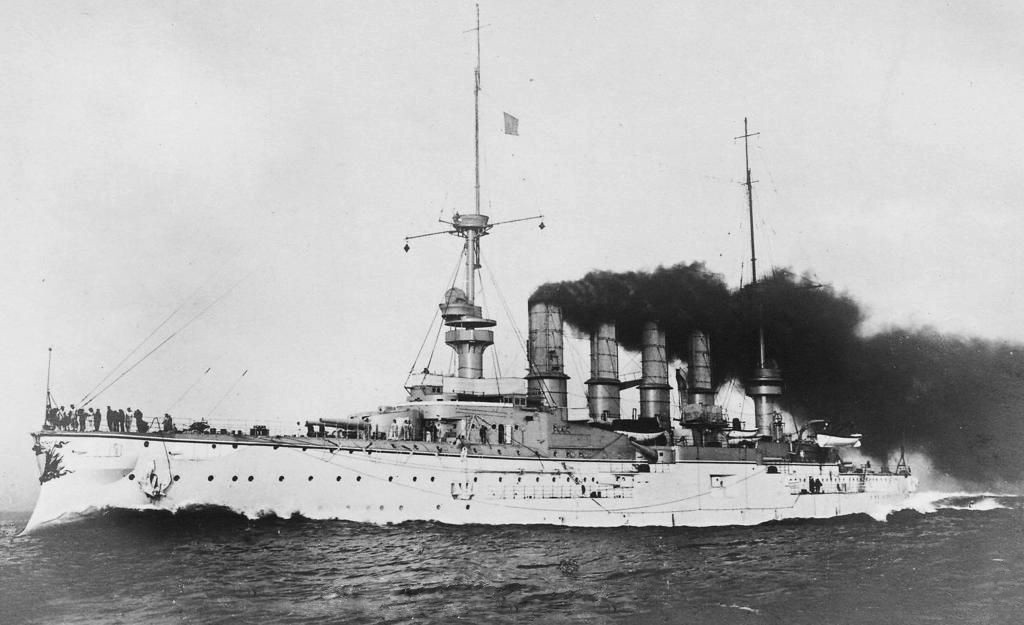
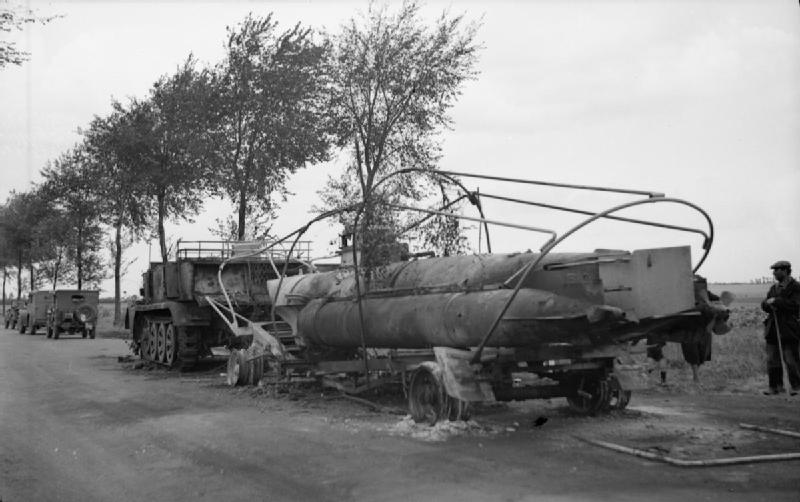
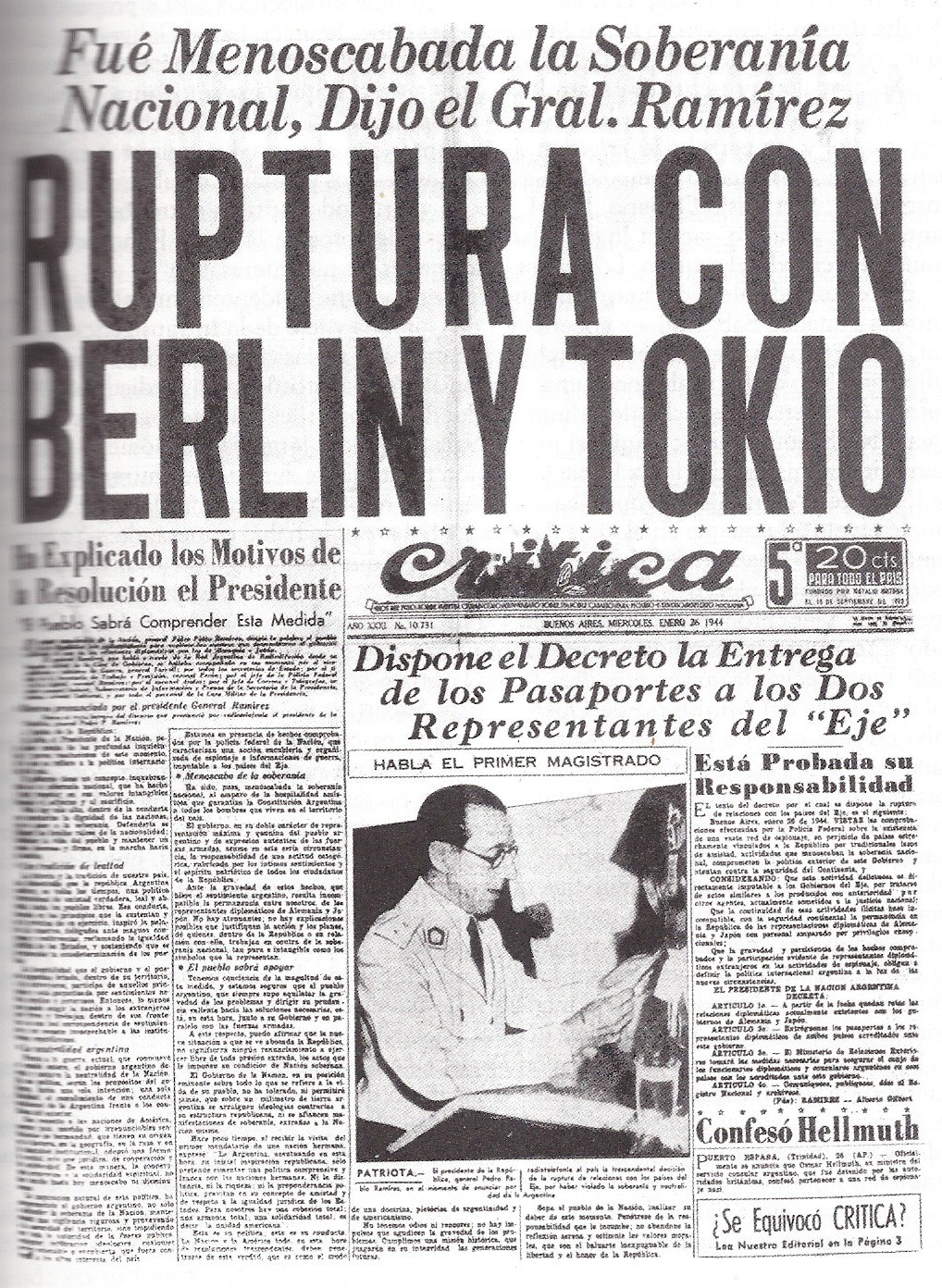
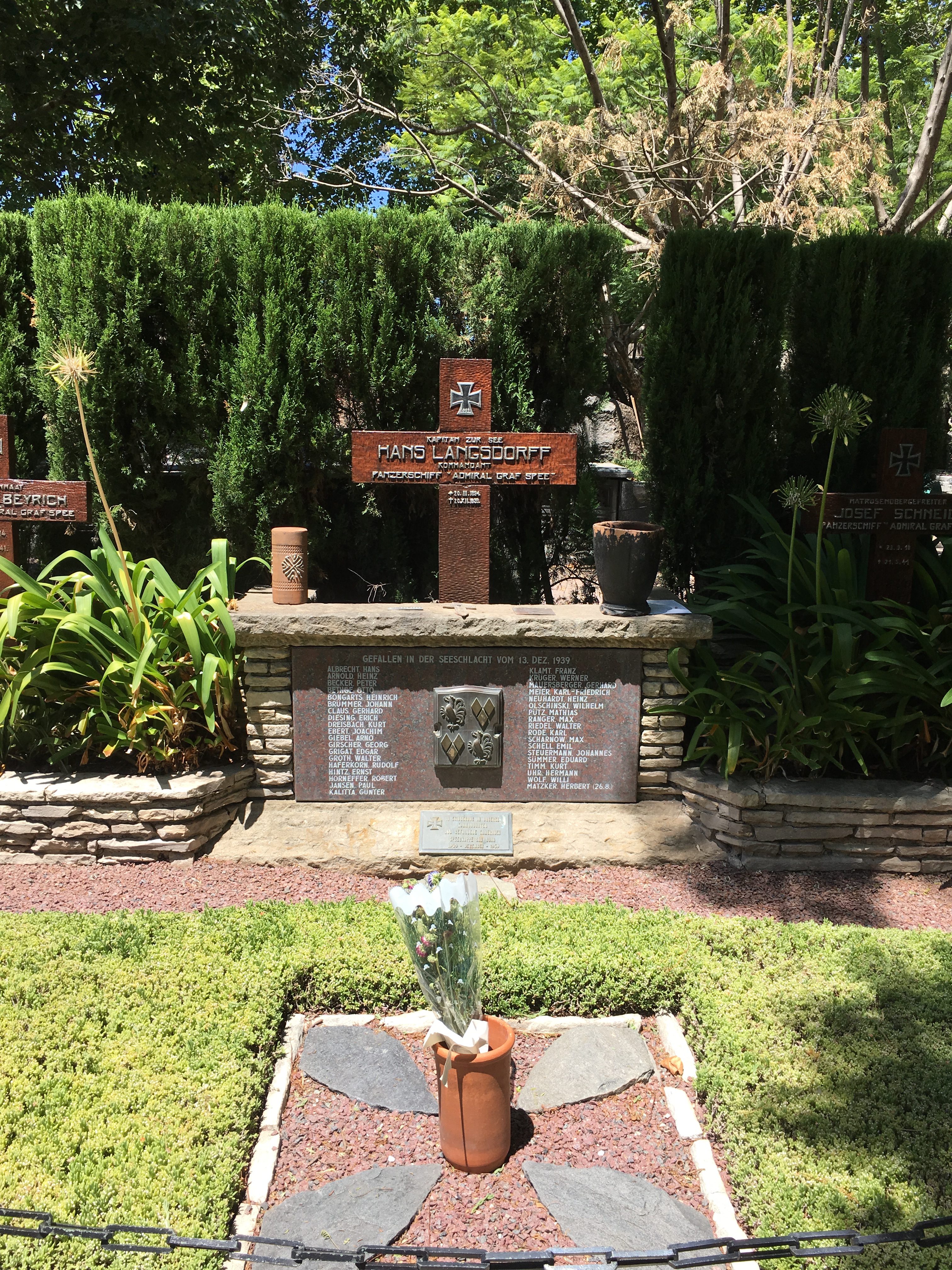

_at_anchor_in_Balboa_harbor_on_24_April_1934.jpg)
_(15333552416).jpg)
.jpg)
